Haiga Gallery 17.3
Selected by Ron C. Moss, Haiga Editor
About the Artists
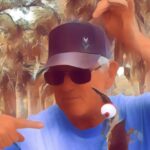
Currently, Robert Baum teaches English to immigrants for the Hispanic Outreach Center in Clearwater, Florida. He and his wife Carolyn divide their time between the Gulf coast and the Jersey shore.
From the Artist: In “workshop window’s. . .” I got caught up with the alliteration driving the image. And with “shifting dunes. . .,” it was my mixed feelings about “endings.”
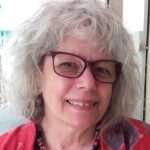
Montrealer Maxianne Berger co-edited Cirrus: tankas de nos jours for six years with Mike Montreuil.
She writes book reviews for Tanka Canada’s Gusts and coordinates reviews for Haiku Canada Review.
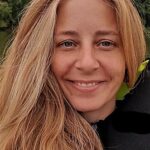
E. L. Blizzard lives in the U.S. South with work in The Other Bunny, Drifting Sands, Bones, Wales Haiku Journal, Failed Haiku, #FemkuMag, Poetry Pea, Autumn Moon, Under the Basho, and others. She’s worked in advocacy, allying with immigrants/refugees, cis/LGBTQ+ survivors of intimate partner violence, and those experiencing homelessness.
From the Artist: Much of my photography and writing touch on social issues, mixing nature with humanity. My background includes studying cultural anthropology, training in participant-observation, and working in advocacy. This is reflected in any creative process I approach. I find the process of creating haiga a way to notice what can often be overlooked.
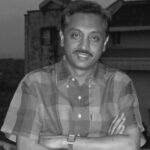
Ram Chandran is a corporate lawyer by profession and a freelance journalist. He has been writing English poems since his college days, and his poems and short stories have been published widely. A haijin since 2020, he has written more than 1,200 haiku, haibun, senryu, and haiga/photo haiku, which have been appeared in various haiku journals.

Robert Erlandson has published his haibun, haiku, tanka and haiga in Haigaonline, Daily Haiga, Prune Juice, Cattails, Ribbons, and contemporary haibun online. He has also published AWE, a chapbook of poetry and images speaking to the incredible relationships between nature, art, and mathematics. See more at https://www.circlepublications.net/.
From the Artist: I create images from photography, drawing and painting, both digitally and the old-fashioned way with pencil and brushes. Most recently I have started to create digital art using fractal images. While there is no formula for my creation of haiga, there is definitely a creative rush as an image and words associate. Sometimes the ideas come as words or phrases that I can associate with an existing image. Or an image evokes an emotional response with words following. The subject matter depends on what’s running around in my head at some point in time.
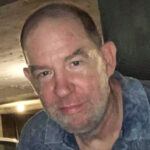
Richard Grahn is the founder and developer of Drifting Sands Haibun and the Drifting Sands Poet’s Hub. He’s been writing for over 30 years and began writing haibun and related forms about three years ago. He is widely published and is also a working sculptor, musician, and photographer.
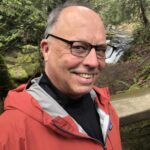
John S Green, author of Whimsy Park: Children’s Poems for the Whole Family, is widely published in all styles of poetry—but especially haiku.
John lived in Europe before moving to the United States at age thirteen. His daughter cooks with spice, and his wife still laughs at his jokes.
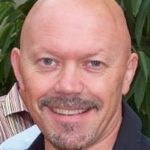
John Hawkhead has been writing haiku and producing haiga for over 20 years, with work published all over the world. Apart from cho, you can see his haiga at Daily Haiga, Modern Haiga, Wales Haiku Journal, Human/Kind, and many other publications.
From the Artist: Haiga can start from the haiku or the image, so there isn’t one route into a finished work, but I particularly like using ink & paint drawings alongside the written word. Finding the right words to best match an image is, however, not as easy as I’d like. . .
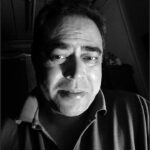
Subir Ningthouja is a physician living at Imphal, Manipur state, India. He is an enthusiastic photographer with mobile phones. He has been immersed in haiku and related forms for over a year with occasional publications.
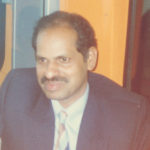
Pravat Kumar Padhy is a mainstream poet and a writer of Japanese short forms of poetry. His haiga have been published in Haigaonline, DailyHaiga, World Haiku Association, Under the Basho, NHK World, Cattails, Poetry Corner, and others. He is is on the editorial board of Under the Basho.
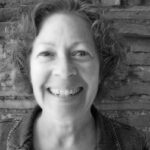
Dian Duchin Reed is an award-winning writer whose poems, articles, essays, and photographs have appeared in many publications. Her books include Medusa Discovers Styling Gel (poetry) and Dao De Jing: Laozi’s Ancient Wisdom (translated from the Chinese). Learn more at dianduchinreed.com.
From the Artist: Creating haiga has changed the way I take photos. There’s always space to place a haiku, although the layout differs from picture to picture. I suppose it’s also changed the way I look at the world, paying more attention to whatever evokes an emotional response, staying with it a little longer, listening for what it wants to tell me.
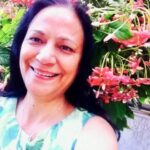
Neena Singh lives in Chandigarh, India. Her haiku, senryu, tanka, haibun, cherita, and haiga have appeared in online and print journals. A former banker, she now runs a non-profit for the health and education of underprivileged children. She has authored two books of poetry, Whispers of the Soul and One Breath Poetry.
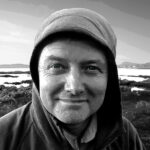
Brian Thompstone lives on the Wirral peninsula, in the UK. He has been published recently in Drifting Sands, and, many years ago, in the Cheshire Arts & Libraries anthology An Ordinary Miracle.
He also sketches, paints, photographs, and bends pixels for fun..
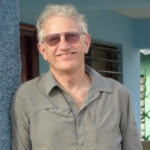
William Vlach’s haiga, haibun and poetry have been published in the U.S. and the U.K. Other publications include a book of satiric prose poems, The Sagacity of the Nose, Westerns, historical fiction, and essays. When not writing he practices clinical psychology in San Francisco.

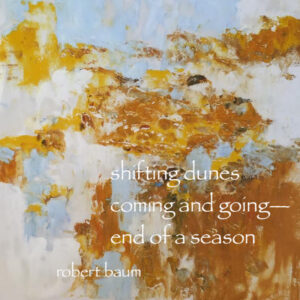
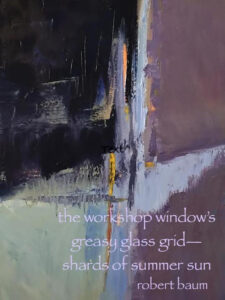

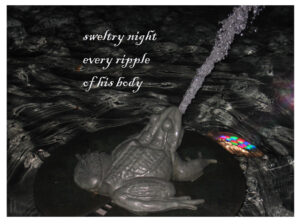
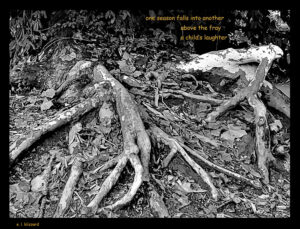
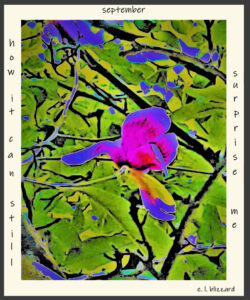
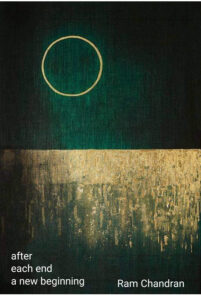
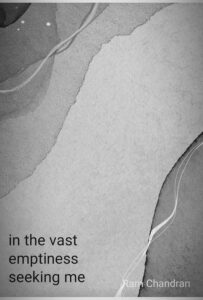
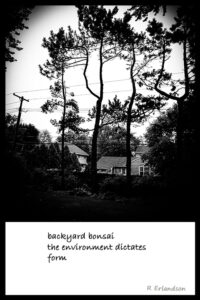
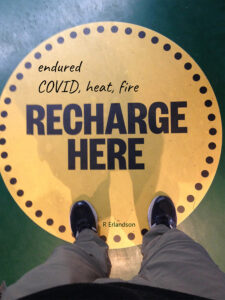
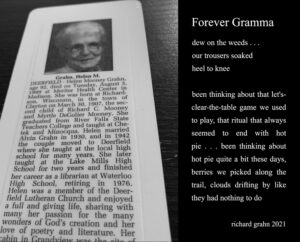
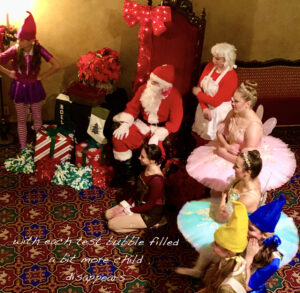
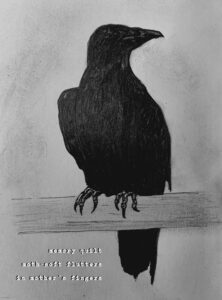
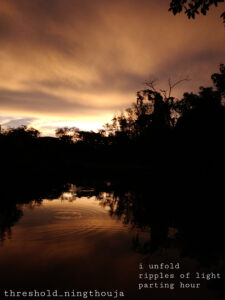

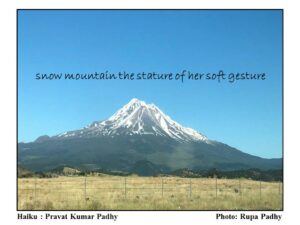
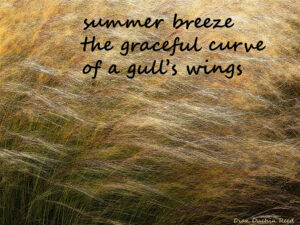
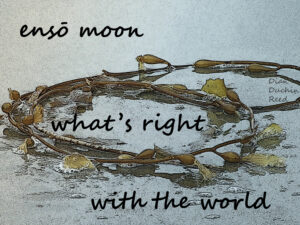

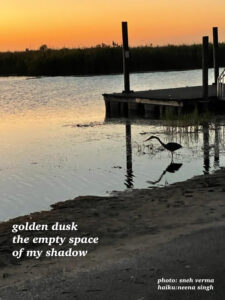
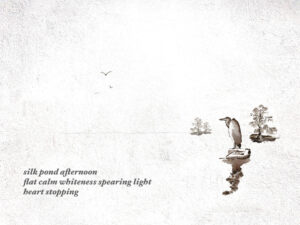


Hi Neena–I’ve seen this same ancient tuning fork in the swamps of Florida.